Home>Garden Essentials>How Deep To Plant Lemon Seeds
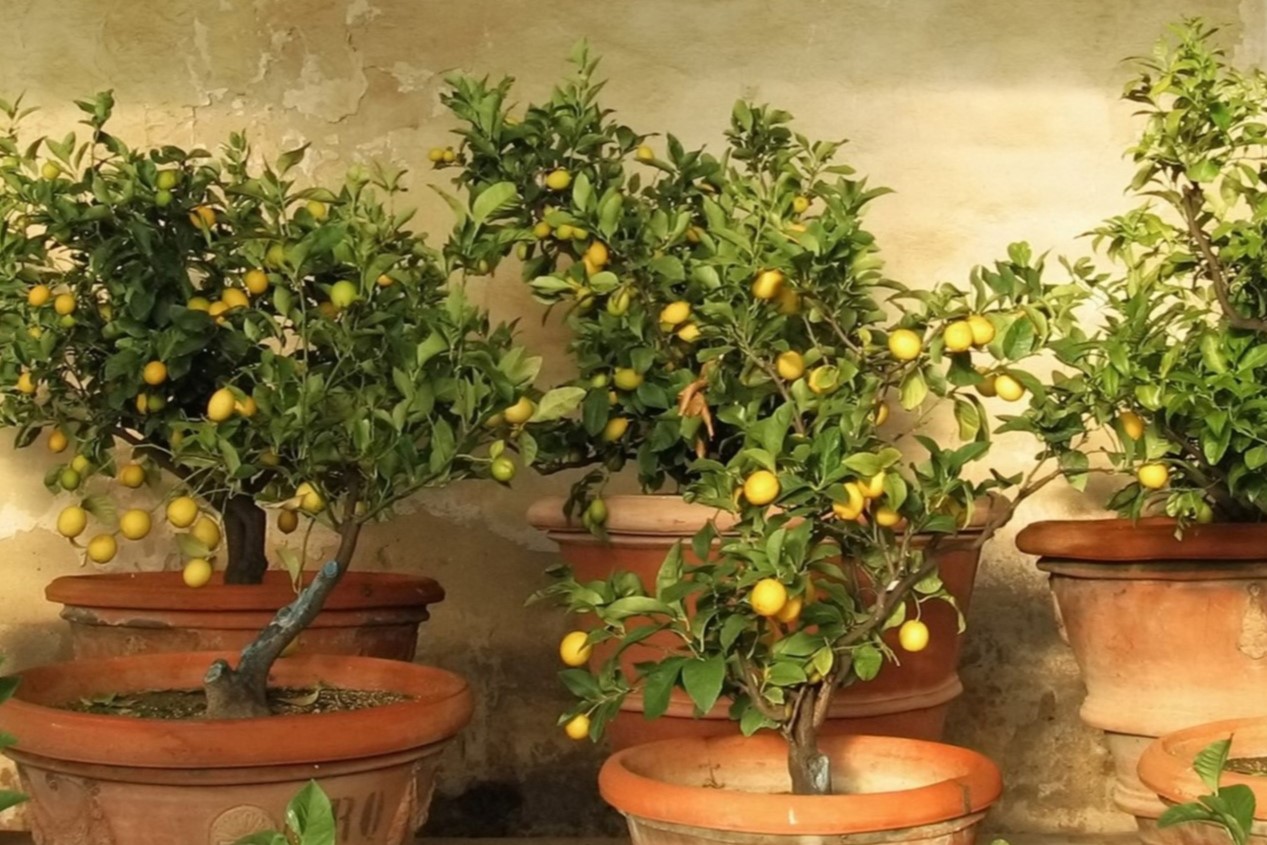

Garden Essentials
How Deep To Plant Lemon Seeds
Modified: March 15, 2024
Discover the optimal depth for planting lemon seeds in your garden and ensure successful growth. Find out the ideal depth to maximize germination and establish healthy lemon trees.
(Many of the links in this article redirect to a specific reviewed product. Your purchase of these products through affiliate links helps to generate commission for Storables.com, at no extra cost. Learn more)
Introduction
Gardening enthusiasts often find joy in growing their own plants from seeds. It’s an exciting process that allows you to witness the miracle of life firsthand. If you’re a fan of citrus fruits, you might have considered planting lemon seeds to grow your very own lemon tree.
But how deep should you plant lemon seeds? This question is crucial in ensuring successful germination and healthy growth of your lemon seedlings. In this article, we’ll explore the factors to consider before planting lemon seeds, provide guidelines on the ideal depth for planting, and offer tips for successful seed germination and care.
Before we delve into the depths of lemon seed planting, let’s take a moment to appreciate the unique characteristics and benefits of lemon trees. Lemons are not only prized for their refreshing taste and tangy flavor but also for their versatility in culinary and household applications. The trees themselves make stunning additions to any garden or landscape, with their glossy green leaves and radiant yellow fruit.
Aside from their aesthetic appeal, lemon trees are also known for their many health benefits. The fruit is packed with vitamin C and antioxidants, offering immune-boosting and detoxifying properties. Additionally, the fragrant aroma of lemon essential oils can help uplift mood and reduce stress.
Now, let’s dive into the important factors to consider before planting lemon seeds to ensure the best chances of successful germination and growth.
Key Takeaways:
- Plant lemon seeds 1/2 to 1 inch deep in well-draining soil, spaced 3-5 inches apart. Soak and scarify seeds for better germination, and provide consistent moisture for successful growth.
- Care for lemon seedlings by watering, fertilizing, pruning, and protecting from pests and extreme temperatures. Be patient and enjoy the journey of nurturing your lemon trees to maturity.
Read more: How Deep To Plant Coneflower Seeds
Factors to Consider Before Planting Lemon Seeds
Before you embark on planting lemon seeds, it’s essential to take some factors into consideration. By addressing these factors, you can set yourself up for success and increase the likelihood of healthy seed germination and robust growth. Let’s explore these factors:
- Variety: There is a wide variety of lemon plants available, each with its own characteristics and requirements. Research and choose a lemon variety that is well-suited to your climate and gardening conditions.
- Soil Quality: Lemon trees thrive in well-draining, slightly acidic soil. Before planting, ensure that the soil is rich in organic matter and has good drainage. If your soil is heavy or clay-like, you may need to amend it with sand or compost.
- Location: Lemon trees require a sunny spot to thrive, preferably receiving at least 6-8 hours of direct sunlight daily. Choose a location in your garden or yard that provides adequate sunlight and protection from strong winds.
- Space: Lemon trees can grow quite large, so consider the available space in your garden. Ensure that there is enough room for your lemon tree to grow both in height and width without crowding other plants or structures.
- Growing Zone: Different lemon varieties have specific growing zone requirements. Check your USDA Hardiness Zone or consult gardening resources to ensure that you are selecting a lemon variety suitable for your specific region.
- Watering: Lemon trees require regular watering, especially during their initial growth stages. Consider your ability to provide consistent moisture to the tree before planting the seeds.
- Timing: The timing of planting lemon seeds is crucial. It is recommended to start the germination process indoors during late winter or early spring, ensuring that the seedlings can be transplanted outdoors when the risk of frost has passed.
By taking these factors into account, you can create an optimal environment for your lemon seeds to flourish. Now that we’ve covered the considerations, let’s move on to understanding the ideal depth for planting lemon seeds to ensure successful germination.
Depth Guidelines for Planting Lemon Seeds
When it comes to planting lemon seeds, the depth at which you plant them plays a crucial role in successful germination. Planting seeds at the right depth ensures that they have access to the necessary moisture, oxygen, and nutrients required for healthy growth. Here are some guidelines to follow when planting lemon seeds:
- Adequate Depth: Lemon seeds should be planted at a depth of about 1/2 to 1 inch (1.3 to 2.5 cm) in the soil. This depth allows for proper moisture absorption without being buried too deeply, which can hinder germination.
- Soil Conditions: Ensure that the soil is well-prepared and slightly loose before planting the seeds. Remove any rocks, weeds, or debris that may hinder the seed’s ability to emerge from the soil.
- Spacing: If you are planting multiple lemon seeds, space them at least 3-5 inches (7.6-12.7 cm) apart to allow for healthy root development and prevent overcrowding as the seedlings grow.
- Seed Orientation: Place the seeds in the soil with the pointed end facing downward, as this is where the root will emerge. This orientation ensures proper growth and establishment of the seedling.
- Moisture: After planting the seeds, gently water the soil to ensure adequate moisture. Avoid over-watering, as excessive moisture can lead to rotting or fungal diseases. Maintain a consistently moist but not waterlogged environment.
- Mulching: Applying a thin layer of organic mulch, such as wood chips or straw, around the newly planted seeds can help conserve moisture and prevent weed growth. Ensure that the mulch is spread a few inches away from the seed to prevent smothering.
- Protection: Consider using a protective covering such as a plastic dome or a makeshift greenhouse to create a controlled environment for the seeds. This will provide warmth and humidity, promoting faster germination.
By following these depth guidelines, you can give your lemon seeds the best chance at successful germination. However, it’s important to note that germination rates may vary depending on various factors such as seed quality, environmental conditions, and individual seed viability.
Now that we’ve covered the depth guidelines, let’s move on to some tips to increase the chances of successful lemon seed germination and provide proper care for the seedlings.
Plant lemon seeds about 1/2 inch deep in a well-draining potting mix. Keep the soil consistently moist and place the pot in a warm, sunny spot to encourage germination.
Tips for Successful Lemon Seed Germination
Germinating lemon seeds can be an exciting and rewarding experience, but it requires a bit of patience and careful attention. To increase the chances of successful germination and give your lemon seedlings the best start in life, consider the following tips:
- Seed Selection: Choose fresh, viable lemon seeds from mature fruits. Selecting seeds from organic lemons can also reduce the risk of chemical treatments that might hinder germination.
- Pre-soaking: Soaking the lemon seeds in warm water for 24 hours before planting can help soften the seed coat and improve germination rates. Replace the water every few hours to prevent mold formation.
- Scarification: To enhance germination, you can gently scratch or nick the seed coat with a knife or sandpaper. This process, known as scarification, helps water penetrate the seed and kick-start the germination process.
- Indoor Germination: Start the germination process indoors by planting the pre-soaked and scarified seeds in seed-starting trays or small pots filled with well-draining, sterile seed-starting mix. Maintain a warm temperature of around 70-80°F (21-27°C) and provide adequate indirect sunlight or grow lights.
- Consistent Moisture: Keep the soil moist but not oversaturated. Mist the soil surface with water whenever it starts to dry out and ensure proper drainage to prevent waterlogging.
- Patience: Lemon seeds can take anywhere from 2 to 6 weeks to germinate, depending on various factors. Be patient and resist the urge to overwater or disturb the seeds during this period.
- Transplanting: Once the seedlings have developed a few sets of true leaves, usually after 2-3 months, they can be transplanted into larger pots or directly into the ground. Handle the seedlings with care to avoid damaging the delicate roots.
- Gradual Acclimatization: If transplanting outdoors, gradually expose the seedlings to outdoor conditions over a period of 1-2 weeks to help them acclimate to the new environment. Start with a few hours of outdoor exposure and gradually increase the time.
- Proper Care: Provide regular water, making sure the soil is consistently moist but not waterlogged. Fertilize with a balanced citrus fertilizer according to package instructions to promote healthy growth. Protect the seedlings from extreme temperatures, pests, and diseases.
- Pollination: Lemon trees grown from seeds may take several years to reach maturity and produce fruit. If you wish to speed up the process, consider hand pollinating the flowers using a small brush to transfer pollen between blooms.
Following these tips can greatly increase the chances of successful germination and ensure that your lemon seedlings grow into healthy trees. Now, let’s touch on the care and maintenance needed for your lemon seedlings as they continue to grow.
Care and Maintenance of Lemon Seedlings
Once your lemon seedlings have sprouted and are on their way to becoming strong and healthy trees, it’s important to provide them with proper care and maintenance. Here are some essential tips to help you nurture your lemon seedlings:
- Watering: Lemon trees have moderate water needs. Water the seedlings regularly, ensuring that the soil is evenly moist but not waterlogged. Use a finger to check the moisture level in the soil before watering.
- Fertilizing: Feed your lemon seedlings with a balanced citrus fertilizer, following the package instructions. Start fertilizing once the seedlings have established root systems, typically after a few months. Apply the fertilizer every 6-8 weeks during the growing season.
- Pruning: As your lemon seedlings continue to grow, periodically check for the development of multiple branches or weak growth. Prune away any crossing branches or shoots that compete for resources. This helps in shaping the tree and promoting proper airflow and sunlight penetration.
- Pest and Disease Control: Keep an eye out for common pests such as aphids, mealybugs, and scale insects. Regularly inspect the leaves and stems for signs of pest infestation and take appropriate measures to control them. Additionally, be vigilant for any signs of fungal diseases, like leaf spot or root rot, and promptly address them with suitable treatments.
- Protection from Extreme Temperatures: Lemon trees are sensitive to extreme temperatures. Protect your seedlings from frost and freezing temperatures by covering them with a frost cloth or bringing them indoors during cold spells. Similarly, provide shade or temporary shelter during periods of intense heat to prevent sunburn.
- Training and Support: As your lemon seedlings grow, you may need to provide support for their branches. Use stakes or plant ties to gently guide the branches in an upright position. This helps in developing a strong and well-supported structure.
- Regular Inspections: Regularly inspect your lemon seedlings for any signs of nutrient deficiency, yellowing leaves, or other abnormalities. This allows you to address any issues promptly and ensure the continued health and growth of your seedlings.
- Patience and Long-Term Care: Remember that it takes time for lemon seedlings to reach maturity and produce fruit. Be patient and enjoy the journey of nurturing your lemon trees. With proper care, they can provide you with abundant harvests for years to come.
By following these care and maintenance practices, you can provide your lemon seedlings with the best conditions for healthy growth and development. Remember to be attentive to their needs and make adjustments as required to ensure their overall well-being.
Now that we’ve covered the essentials of caring for lemon seedlings, let’s conclude our article.
Read more: How Deep To Plant Cauliflower Seeds
Conclusion
Growing lemon trees from seeds can be a rewarding and fulfilling experience. By considering the important factors before planting, following depth guidelines, and implementing tips for successful germination, you can increase the likelihood of healthy seedling growth. With proper care and maintenance, your lemon seedlings will thrive and eventually bear fruit.
Remember to choose the right lemon variety for your climate, prepare the soil with good drainage, and provide ample sunlight. Take the time to properly plant the seeds at the recommended depth and create a favorable environment for germination. Follow the tips for successful germination, such as scarification and pre-soaking the seeds, and be patient during the germination period.
Once your lemon seedlings have sprouted, focus on providing proper care and maintenance. Water them regularly, fertilize as needed, and keep an eye out for pests and diseases. Prune as necessary to shape the tree and provide support to the branches. Protect your seedlings from extreme temperatures, such as frost and intense heat.
Growing lemon trees from seeds requires time, effort, and patience. It may take several years for your lemon trees to reach maturity and produce fruit. But the journey of caring for your lemon seedlings is a fulfilling one, and the reward of harvesting your own lemons is truly special.
So, roll up your sleeves, grab those lemon seeds, and get ready to embark on a wonderful gardening adventure. With the right knowledge and techniques, you can successfully grow lemon trees from seeds and enjoy the beauty, fragrance, and bounty they bring to your garden and culinary endeavors.
Frequently Asked Questions about How Deep To Plant Lemon Seeds
Was this page helpful?
At Storables.com, we guarantee accurate and reliable information. Our content, validated by Expert Board Contributors, is crafted following stringent Editorial Policies. We're committed to providing you with well-researched, expert-backed insights for all your informational needs.
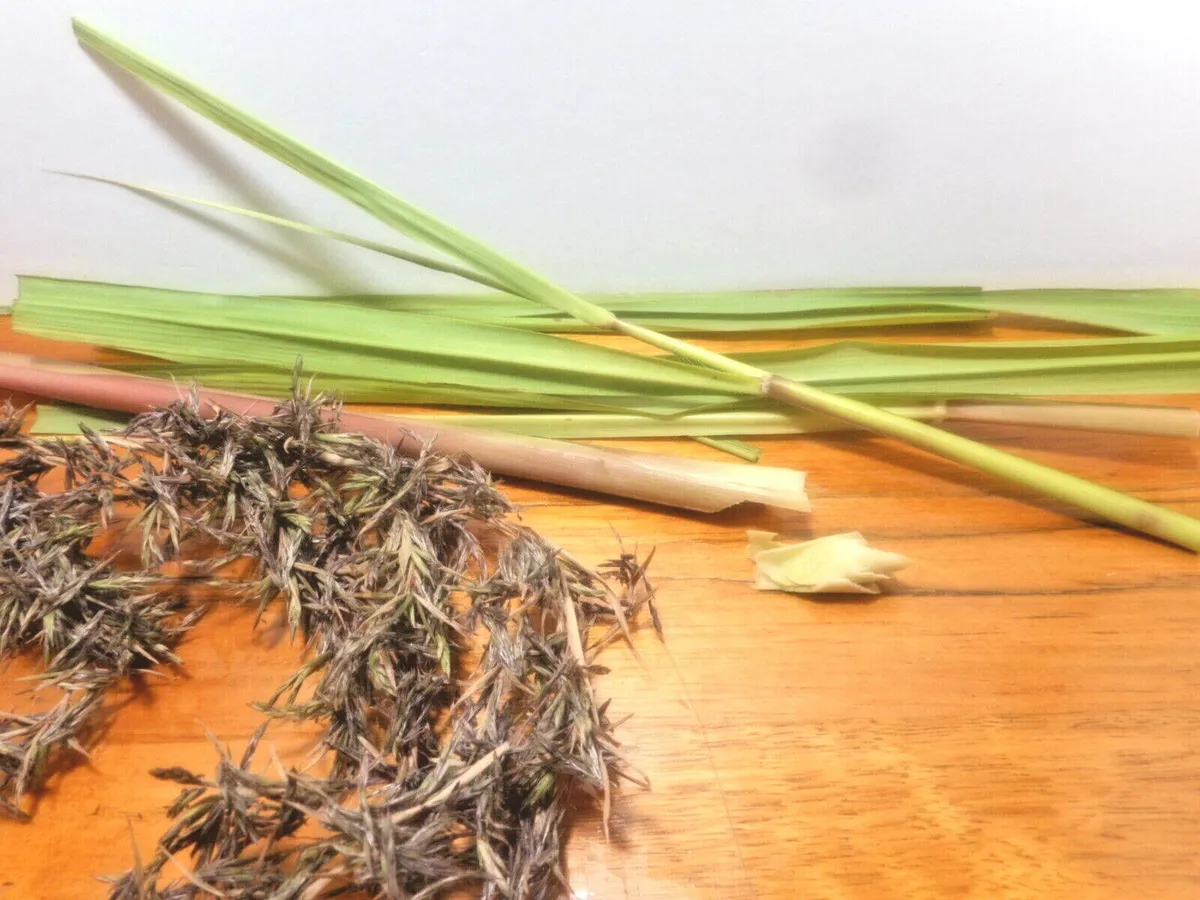
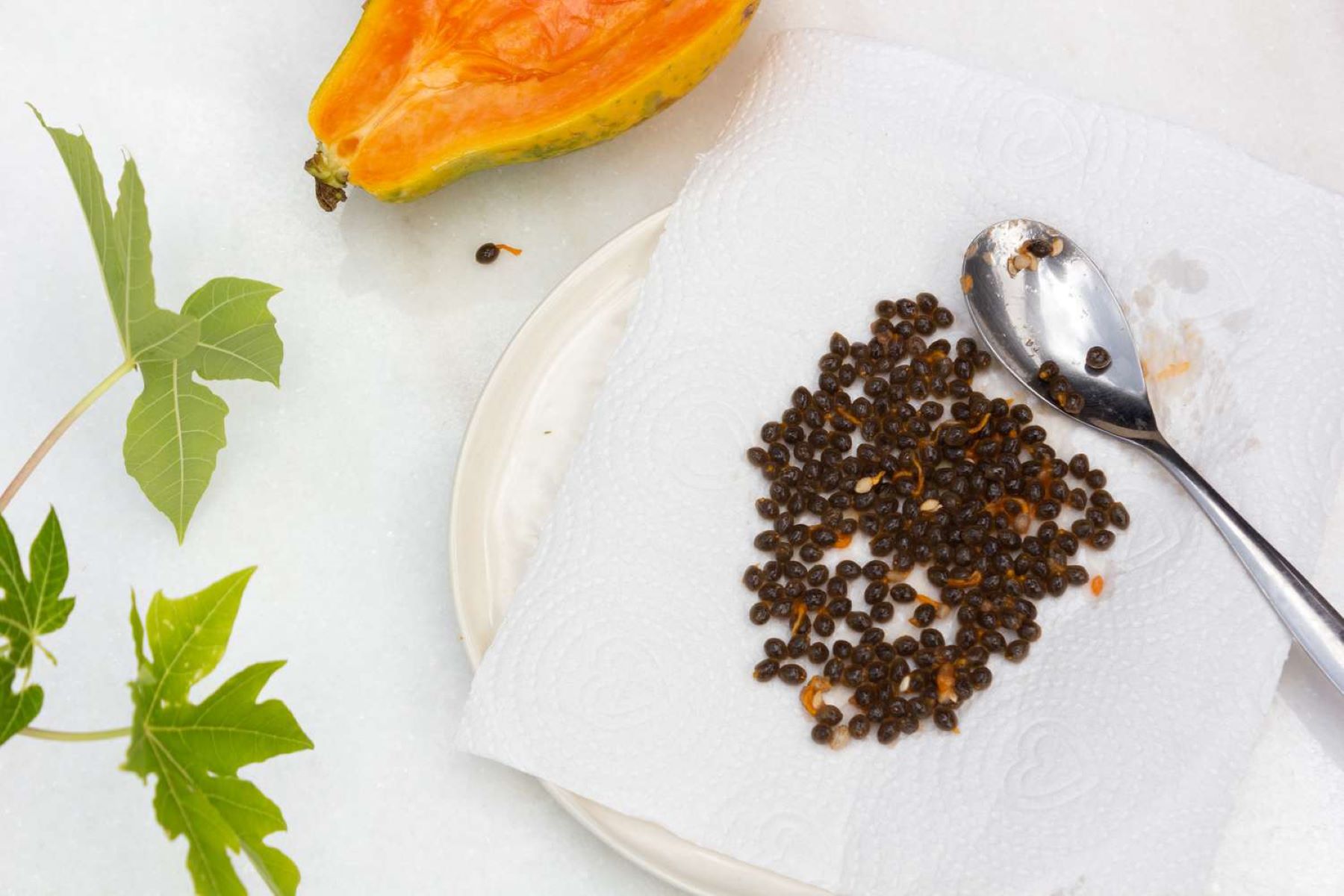
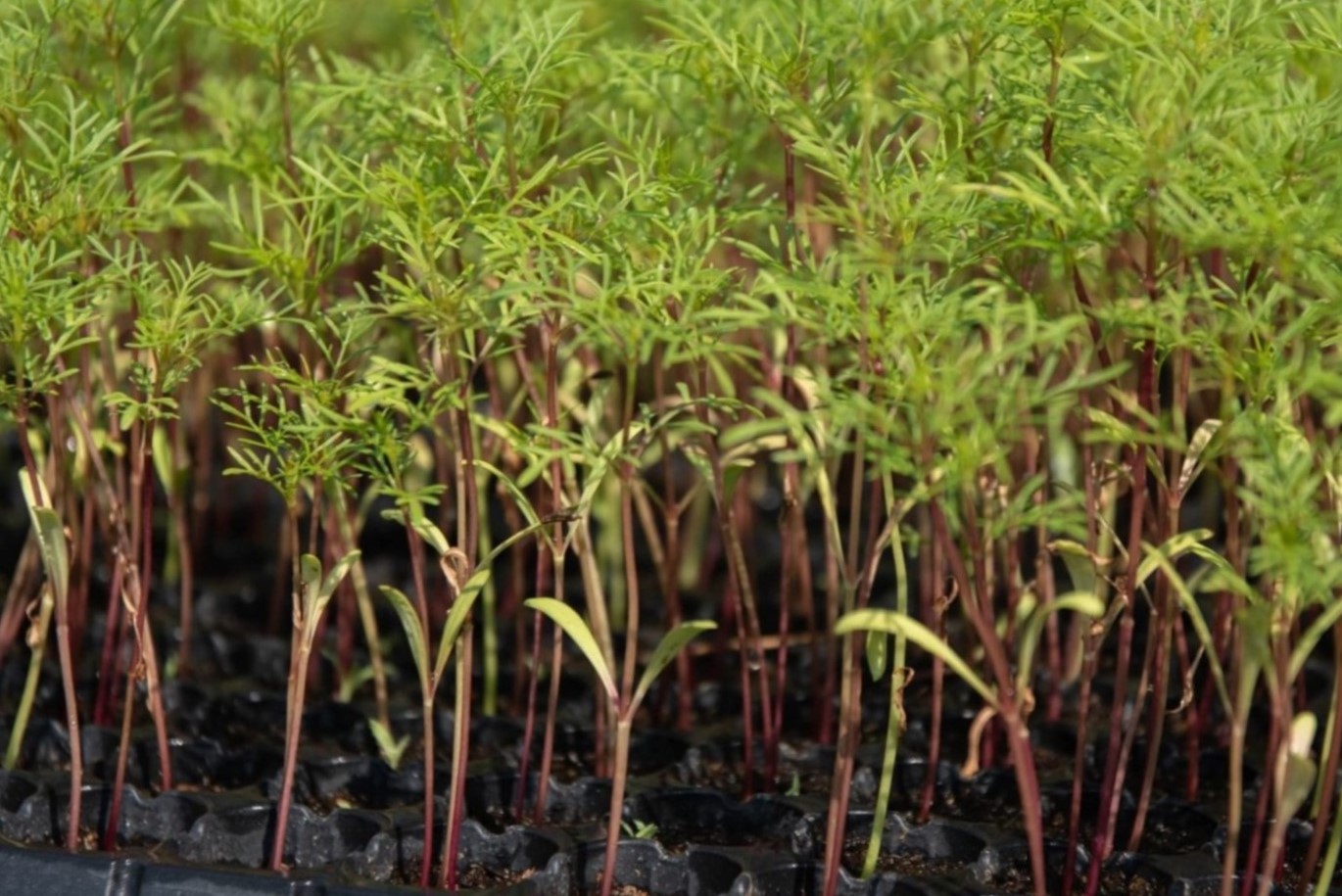
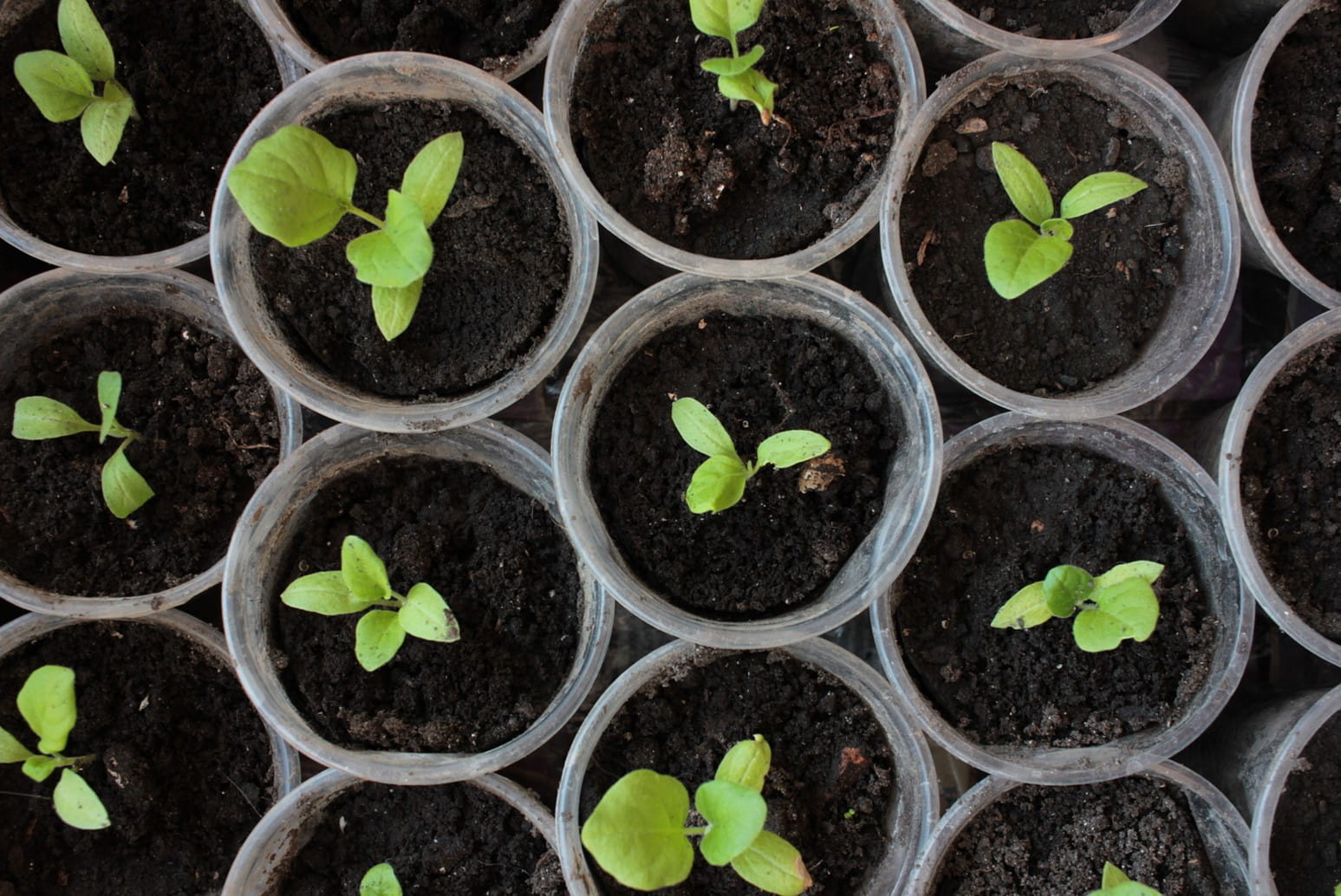
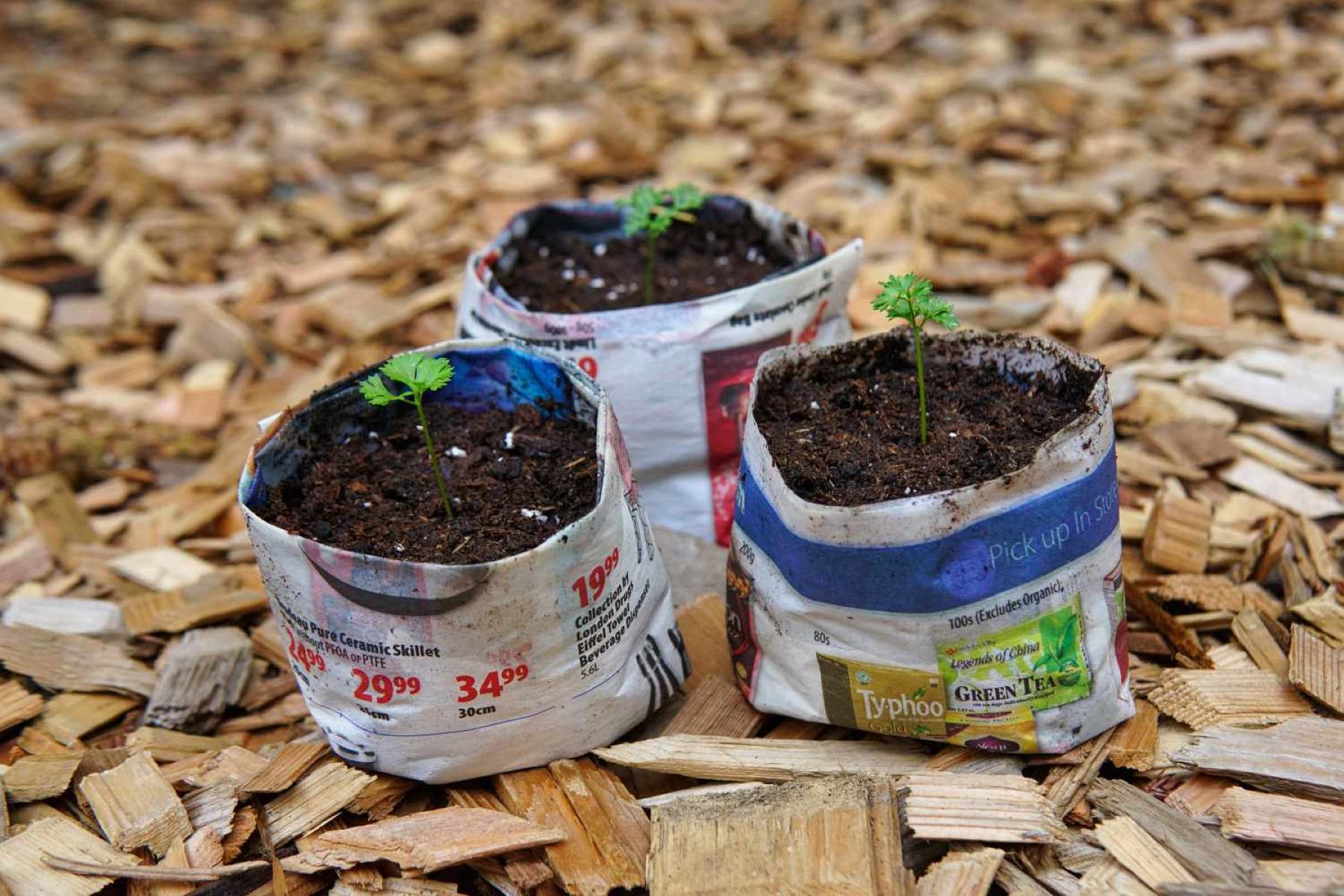
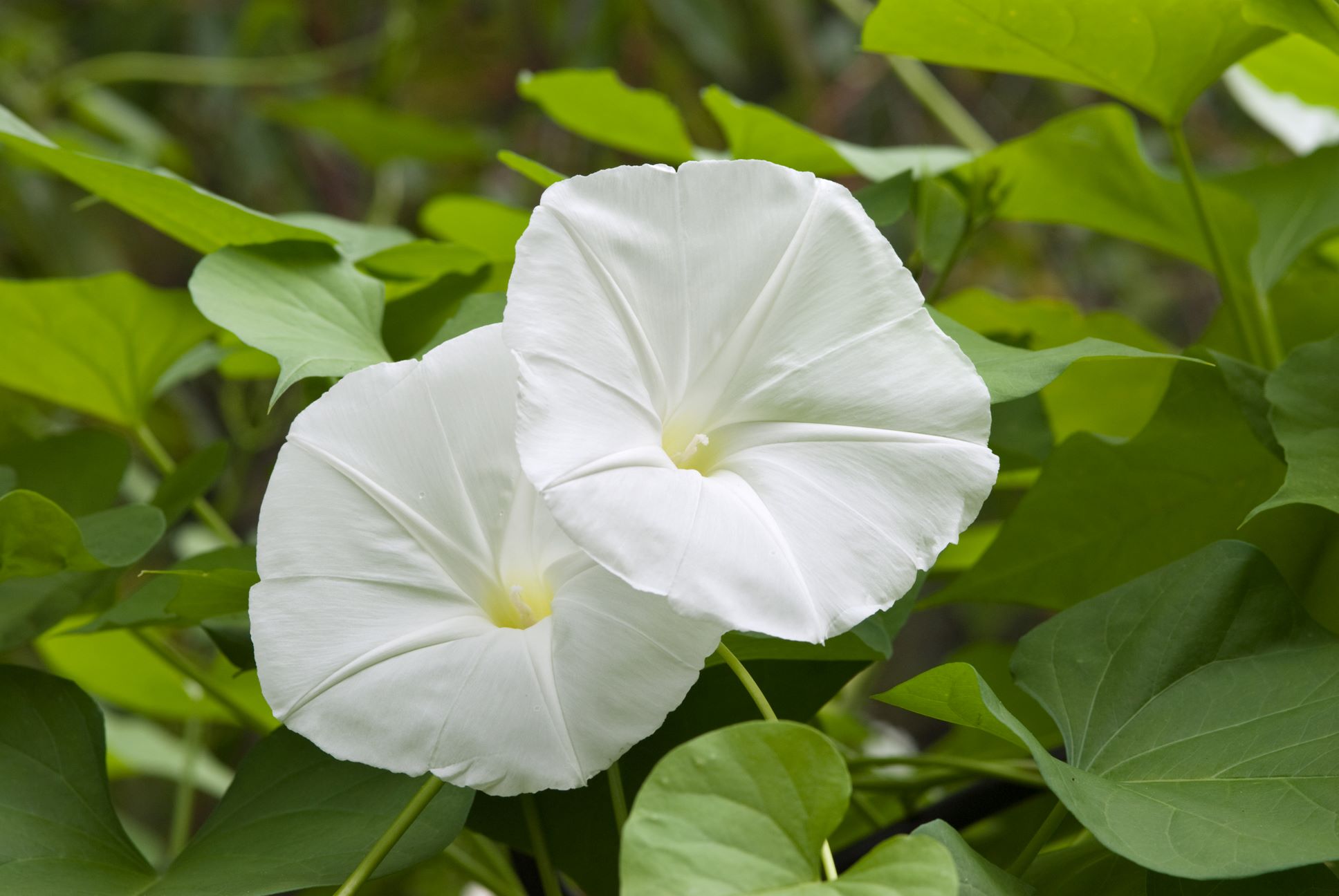
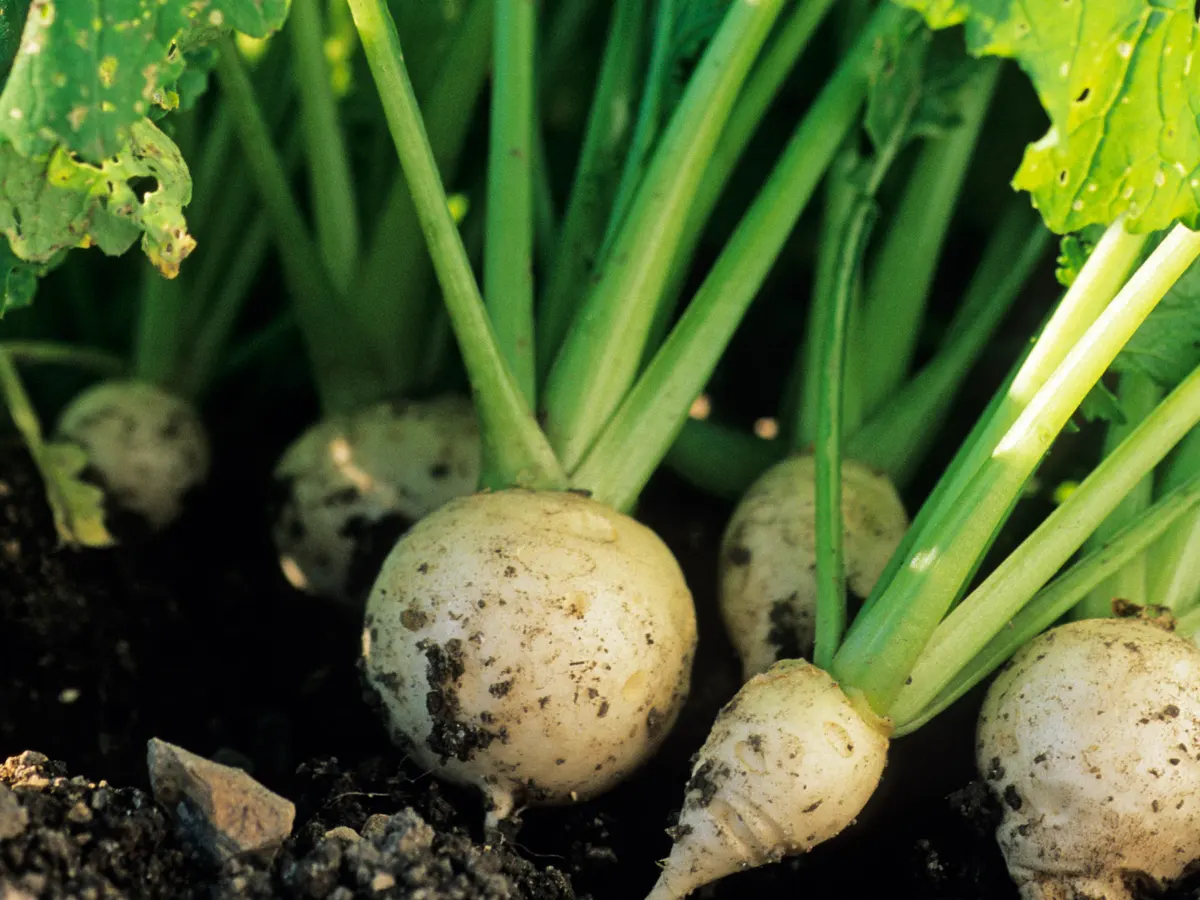
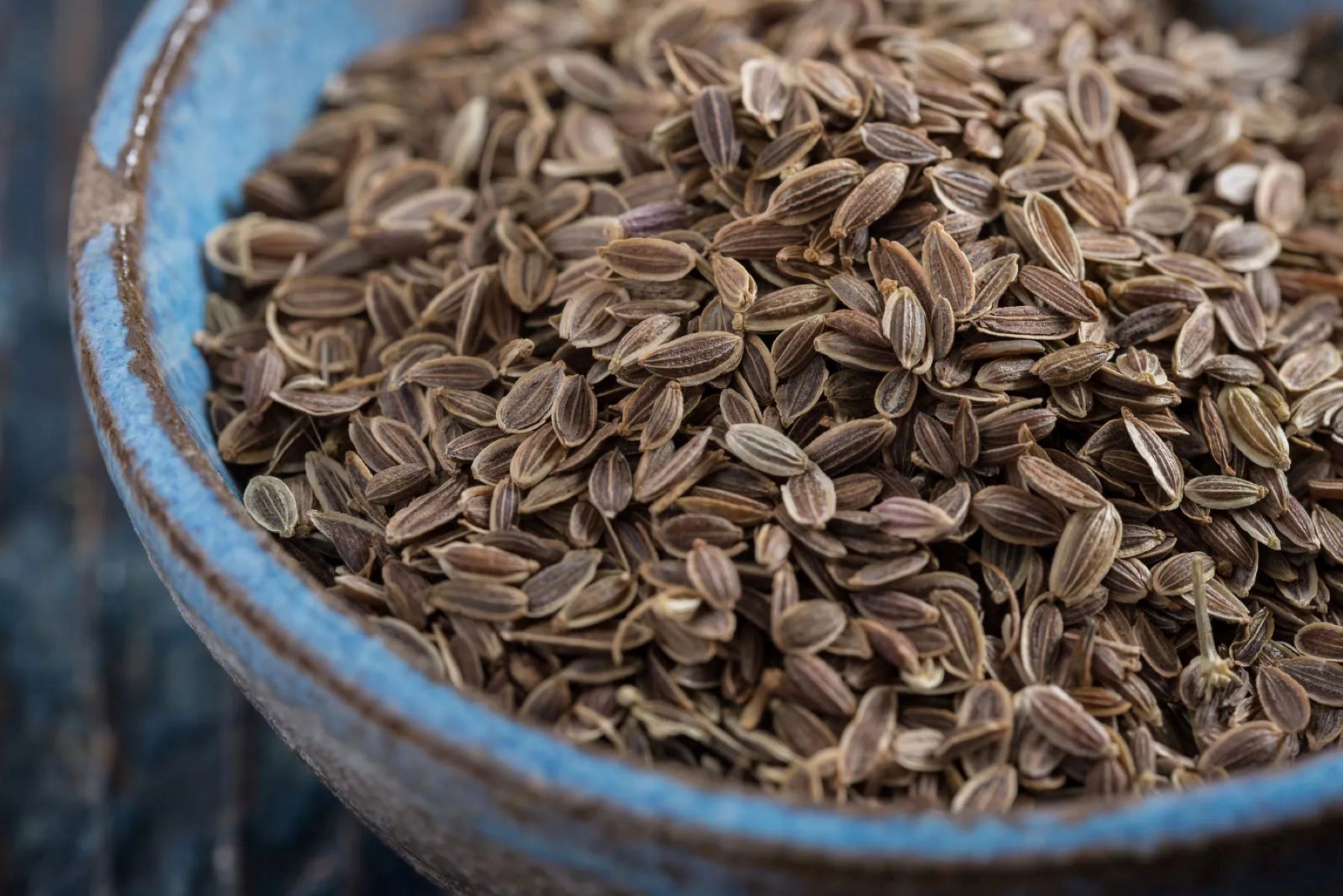
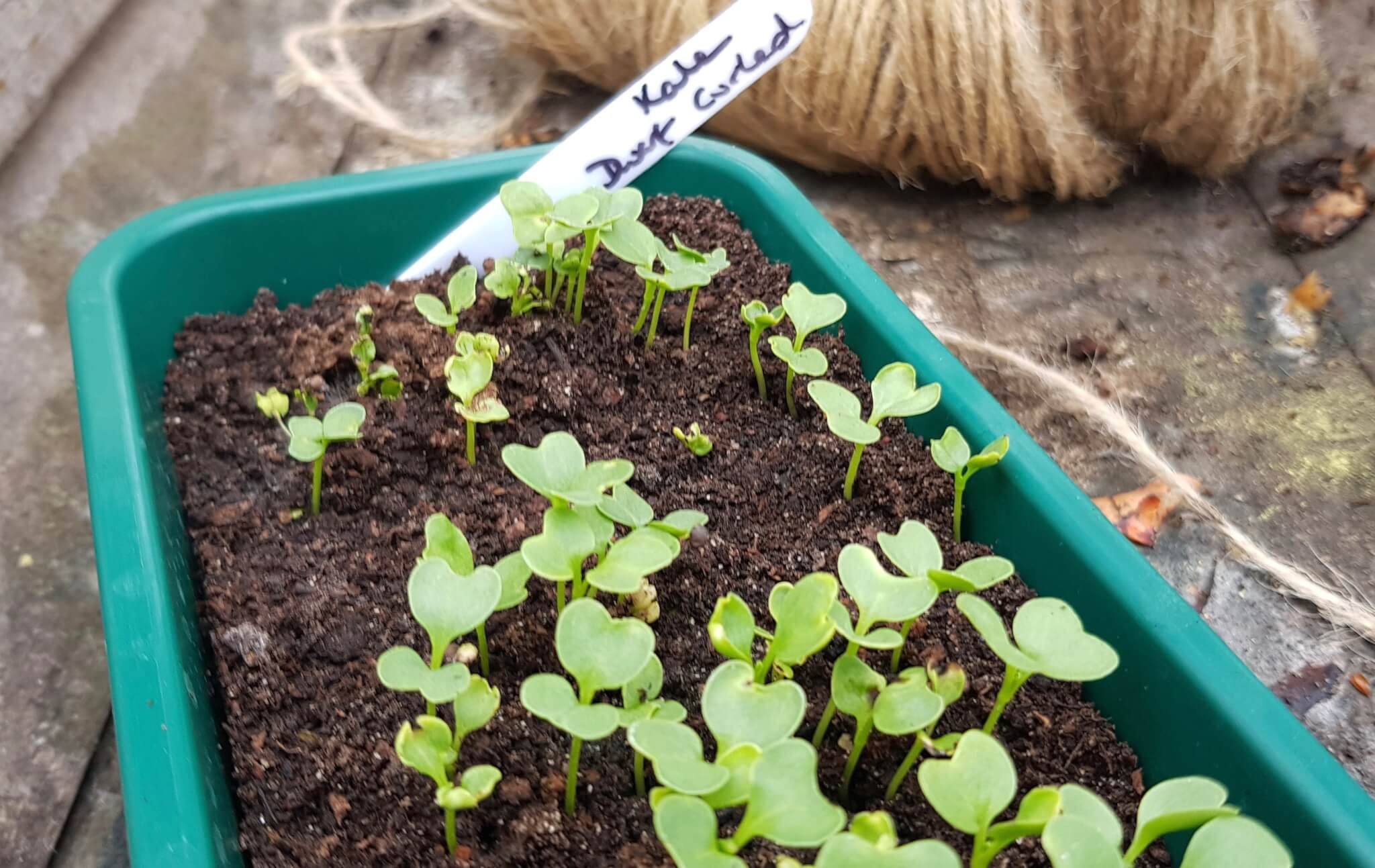
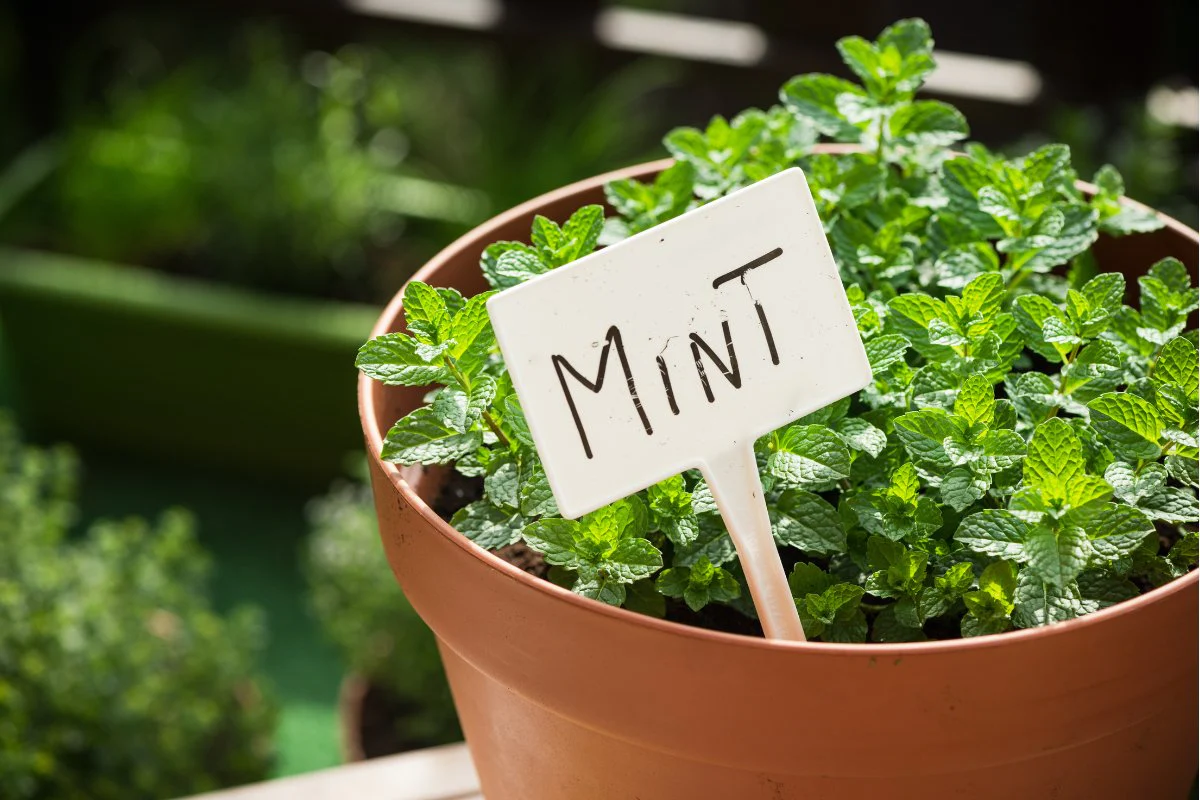
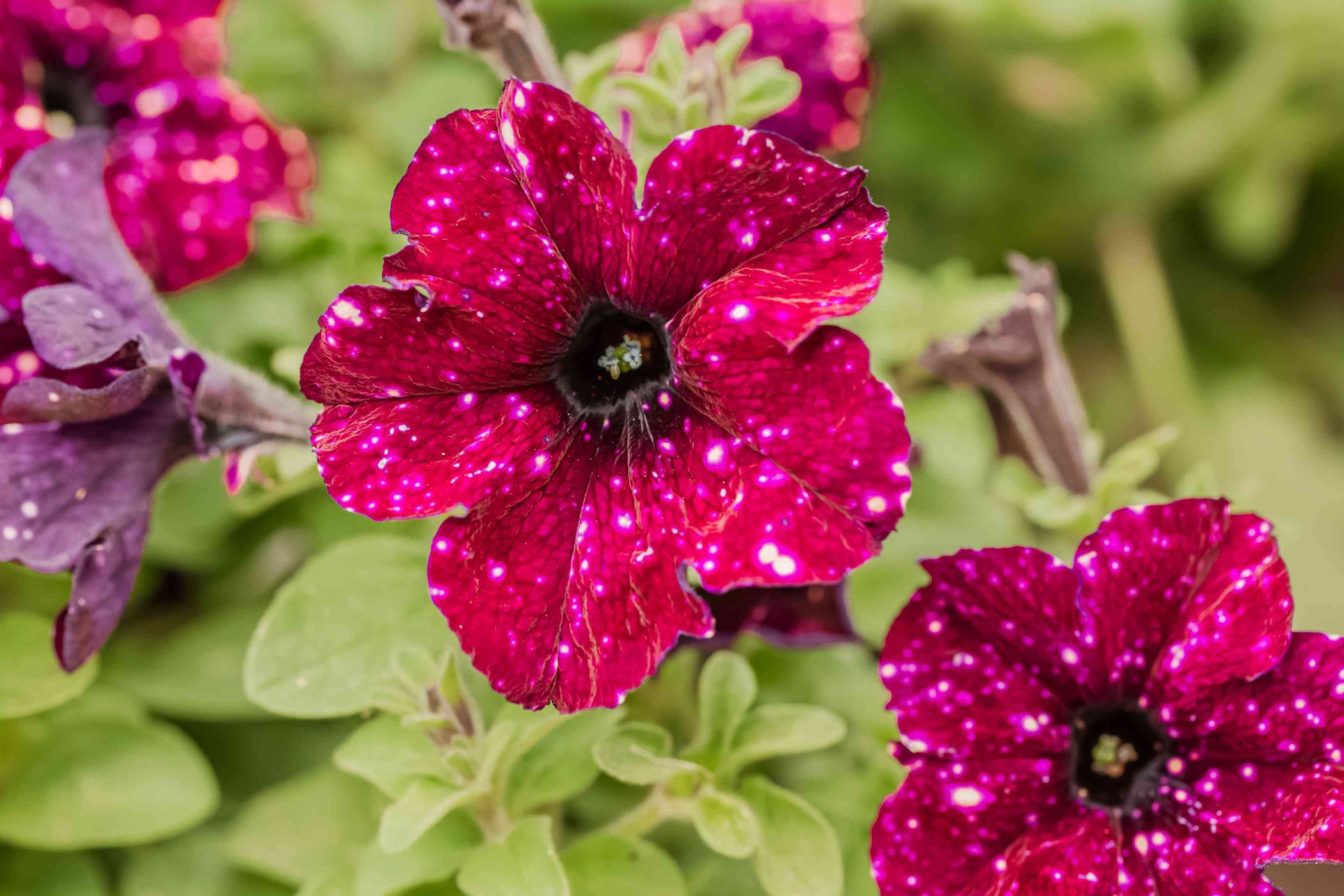
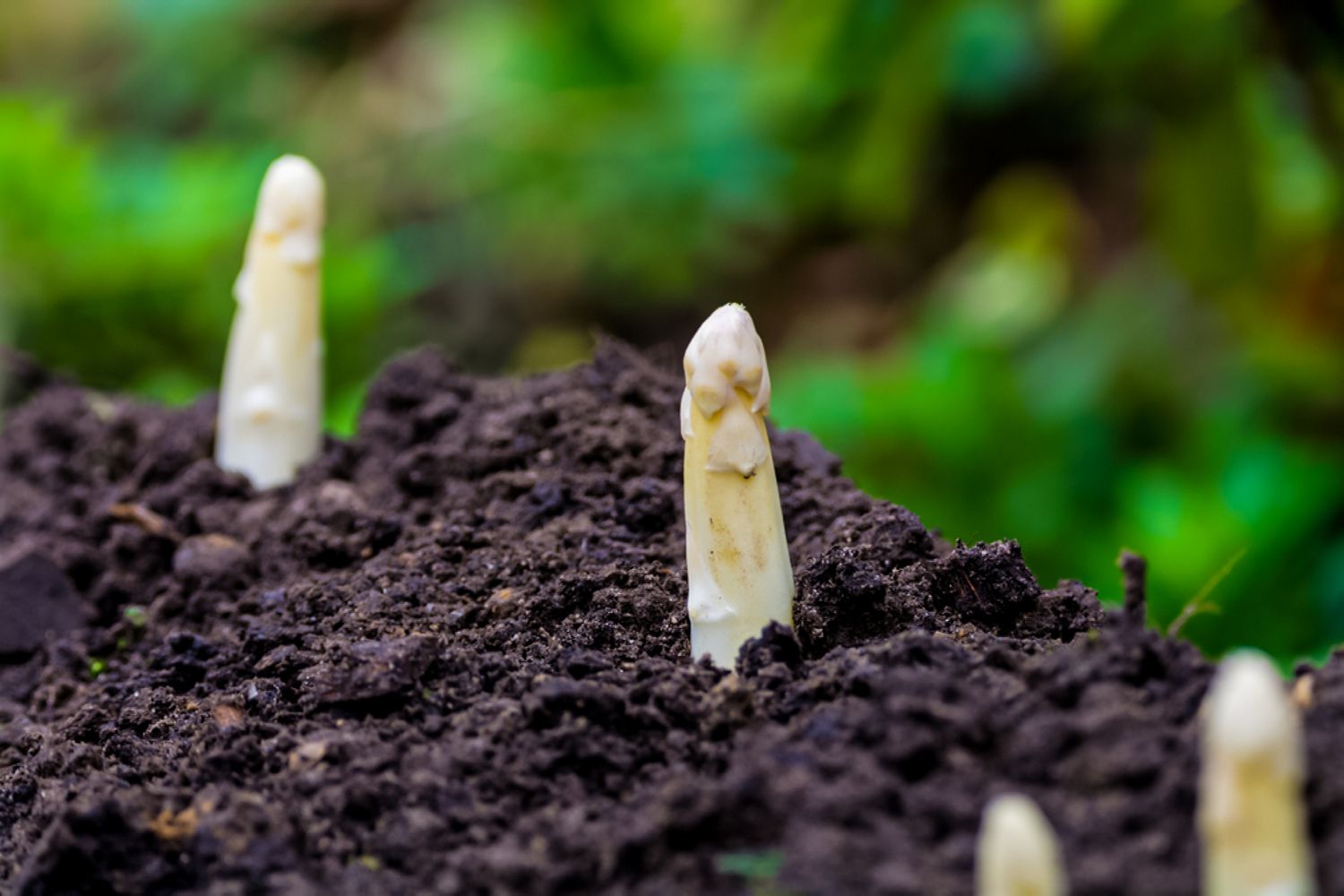



0 thoughts on “How Deep To Plant Lemon Seeds”